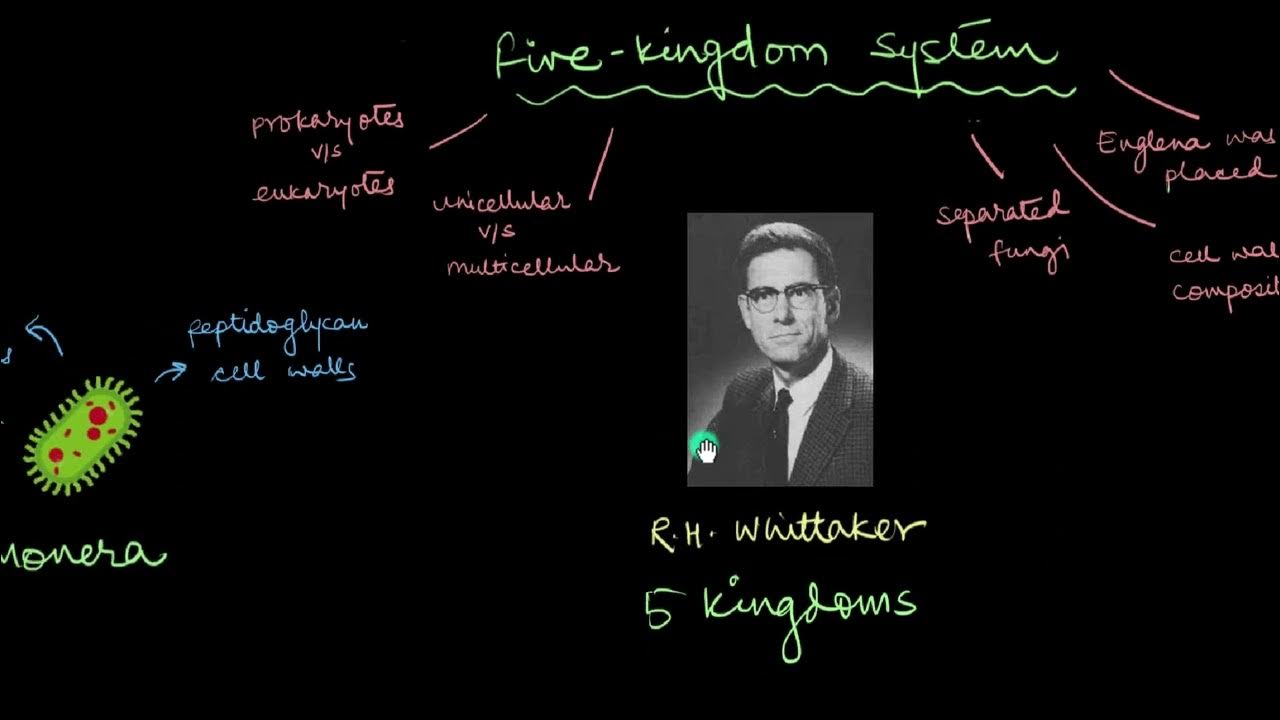Are We All Actually Archaea?
Summary
TLDRThis script recounts biologist Carl Woese's discovery of a new life domain, Archaea, in 1977. It discusses their unique genetic sequences and how they differ from Bacteria. The script also explores the potential that Eukarya, including humans, evolved from within Archaea, supported by the discovery of the Asgard Archaea group. This challenges Woese's three-domain system, suggesting a possible two-domain model of life.
Takeaways
- 🌟 Patreon supporters are acknowledged for their contributions to the show.
- 🔬 Carl Woese discovered a new form of life in 1977 by comparing genetic sequences.
- 🌳 He proposed the three-domain system of life: Bacteria, Archaea, and Eukarya.
- 🌐 Archaea were initially found in extreme environments but are now known to be widespread.
- 🧬 Archaea are single-celled organisms without a nucleus, reproducing asexually.
- 🔍 Archaea's cell walls, membranes, and genetic processing enzymes are distinct from bacteria.
- 🌏 Archaea are found in various environments, including within and on human bodies.
- 🧬 Archaea are more closely related to eukaryotes than to bacteria, sharing a more recent common ancestor.
- 🔬 The endosymbiotic theory suggests eukaryotes evolved from an archaeon engulfing a bacterium.
- 🌐 The discovery of the Asgard Archaea supports the hypothesis that eukaryotes originated from within the Archaea domain.
Q & A
What did Carl Woese discover in 1977 that led to a significant change in our understanding of life?
-Carl Woese discovered a new form of life, which he realized was part of an early branch of life that had diverged billions of years ago and had remained hidden. This discovery led to the proposal of a new domain, Archaea, in addition to Bacteria and Eukarya, forming the three-domain system of life.
What is the significance of the three-domain system proposed by Carl Woese?
-The three-domain system proposed by Carl Woese is significant because it redefined the classification of life on Earth into three distinct groups: Bacteria, Archaea, and Eukarya. This system has been foundational in understanding the evolutionary relationships between different organisms.
Why were archaea initially difficult to study?
-Archaea were initially difficult to study because they were only known to thrive in very specific and often extreme environmental conditions, such as low-oxygen deep-sea sediment or boiling and acidic hydrothermal vents, which are hard to replicate in a lab.
How do archaea differ from bacteria in terms of their genetic sequences?
-Archaea differ from bacteria in that their genetic sequences are wildly different, to the extent that they represent an early branch of life that diverged billions of years ago, indicating a separate domain of life.
What is the relationship between archaea and eukaryotes according to the script?
-According to the script, archaea are more closely related to eukaryotes than to bacteria. They share a more recent common ancestor with eukaryotes, making them each other’s closest relatives at the domain level.
What is the endosymbiosis theory mentioned in the script, and how does it relate to the origin of eukaryotes?
-The endosymbiosis theory posits that an ancestral cell engulfed a bacterium, leading to a symbiotic relationship that became the mitochondria. This event is considered a significant moment in the origin of eukaryotes, as it provided the energy-producing mitochondria that helped fuel the rise of complex eukaryotic cells.
What is the Asgard Archaea, and how does it relate to the origin of eukaryotes?
-The Asgard Archaea is a group within the Domain Archaea, named after Norse mythology, which includes Lokiarchaeota, Odinarcheota, Thorarcheota, and Heimdallarchaeota. This group is considered to be our closest living archaeal relatives, and some analyses suggest that eukaryotes may have arisen specifically within the Asgard group.
What evidence supports the idea that eukaryotes evolved from within the Asgard Archaea?
-The evidence supporting the idea that eukaryotes evolved from within the Asgard Archaea includes the discovery of 'eukaryote-like' Asgardians with genomes that include instructions for proteins previously considered exclusive to eukaryotes, suggesting a closer evolutionary relationship.
What does the term 'Lokiarchaeota' refer to in the context of the script?
-In the context of the script, 'Lokiarchaeota' refers to a specific group of archaea from which a 92% complete genome was reconstructed. This group is part of the Asgard Archaea and is considered to be particularly closely related to eukaryotes.
What implications does the discovery of the Asgard Archaea have for the tree of life?
-The discovery of the Asgard Archaea has implications for the tree of life in that it suggests a closer relationship between archaea and eukaryotes than previously thought. This could potentially lead to a reevaluation of the three-domain system, possibly reducing it to two domains if eukaryotes are found to have evolved from within the Archaea domain.
How can supporting Patreon help in the context of the script?
-Supporting Patreon helps keep the show going by providing financial support. As a bonus, existing patrons who are Eons patrons on November 1st receive an Eons scale bar as a token of appreciation for their support.
Outlines

This section is available to paid users only. Please upgrade to access this part.
Upgrade NowMindmap

This section is available to paid users only. Please upgrade to access this part.
Upgrade NowKeywords

This section is available to paid users only. Please upgrade to access this part.
Upgrade NowHighlights

This section is available to paid users only. Please upgrade to access this part.
Upgrade NowTranscripts

This section is available to paid users only. Please upgrade to access this part.
Upgrade NowBrowse More Related Video

ARQUEAS E BACTÉRIAS - DIFERENÇAS | ANIMAÇÃO

Domains and Kingdoms of life

The Three Domains of Life

What Was the Ancestor of Everything? (feat. PBS Space Time and It’s Okay To Be Smart)

How Giant Tube Worms Survive at Hydrothermal Vents | I Contain Multitudes

Systems of Classification | Biological Classification | Biology | Khan Academy
5.0 / 5 (0 votes)